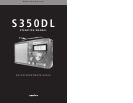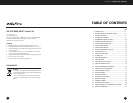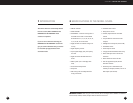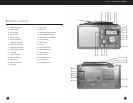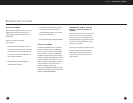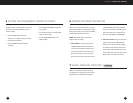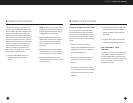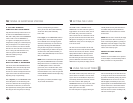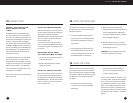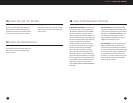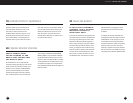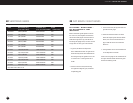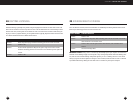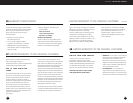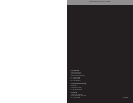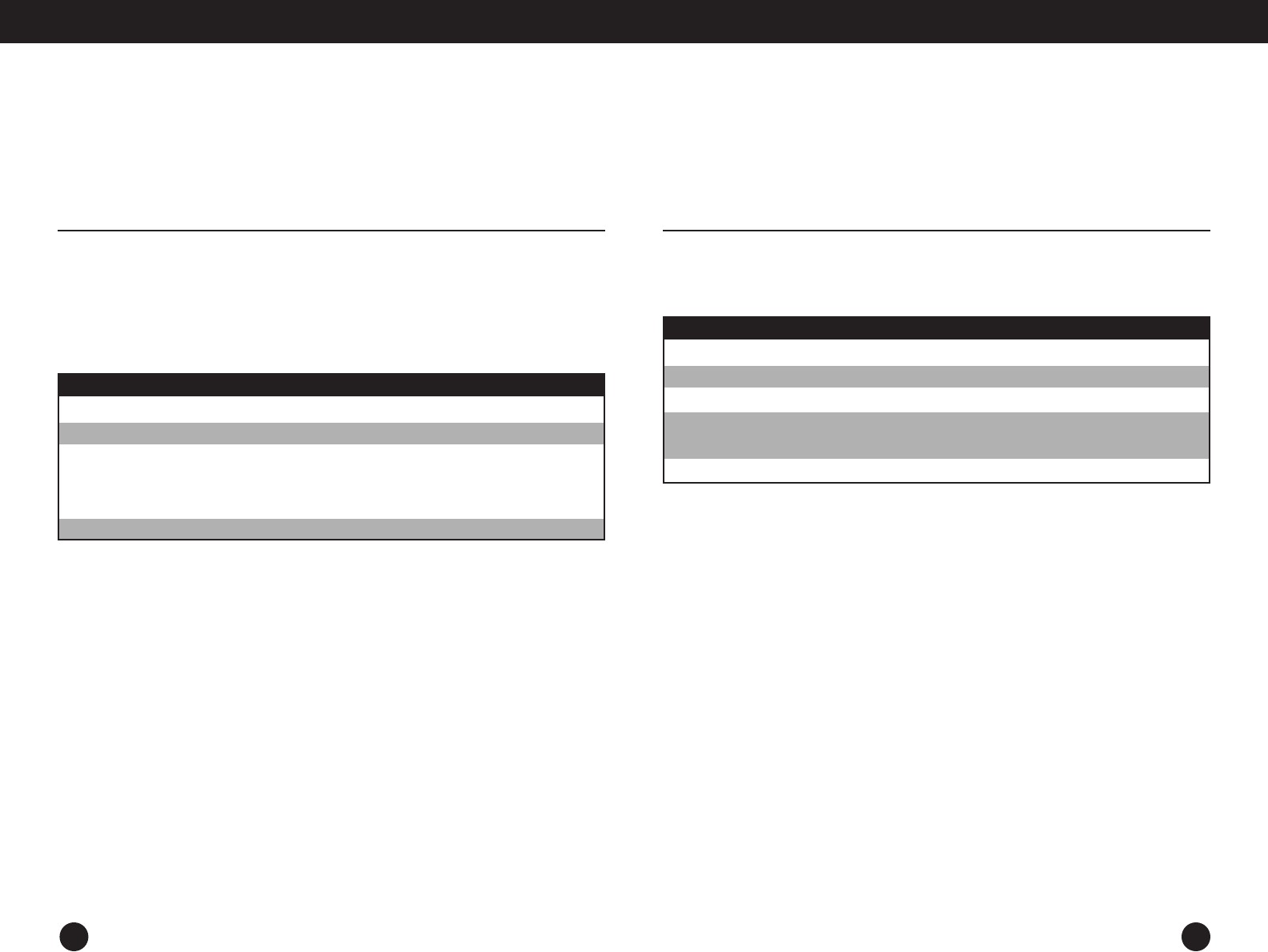
This is the best time to listen, because the broadcasters are deliberately transmitting to North America. These
bands may be extremely good around sunset and sunrise too.
NIGHT BANDS CHARACTERISTICS
25 meters Similar to 31m.
31 meters Good all night, everywhere. Often extremely good at sunrise and sunset. Good results
often start about an hour before sunset.
41 meters Similar to 49m. Good all night in Eastern North America; varies in Western North
America.
49 meters The best overall night band.
IMPORTANT NOTE: Getting close to a window may substantially improve your reception. The construction
materials of some buildings simply do not let signals in very well. Signals penetrate wood frame buildings easi-
est, while concrete and brick buildings usually block signals. If you are in a building with one or more stories
above you, signals can also be impaired in strength. In such a situation, situate the radio as close to a window
as possible while listening. Holding the radio while close to a window may also improve reception.
24 DAYTIME LISTENING
Shortwave listening is generally at its poorest during the daylight hours of about two hours after sunrise until
about two hours before sunset. The major reason for this is that the broadcasters are not transmitting to North
America at this time, assuming that we are all either at work or at school and are not able to listen during the
day. If you want to try daytime listening, use the guidelines below.Typically, daytime shortwave tends to be bet-
ter in Eastern North America than in Western North America.
DAY BANDS CHARACTERISTICS
13meters Results vary. Worth trying. Sometimes extremely good around sunrise and sunset.
16meters Similar to 19m.
19meters The best overall daytime band. May also be good at night in the summer months.
Sometimes extremely good around sunrise and sunset. Sometimes good at night in the
summer.
22meters Similar to 19m.
S 3 5 0 DL O PE RATI ON M AN UAL
25
25 EVENING/NIGHT LISTENING
24



